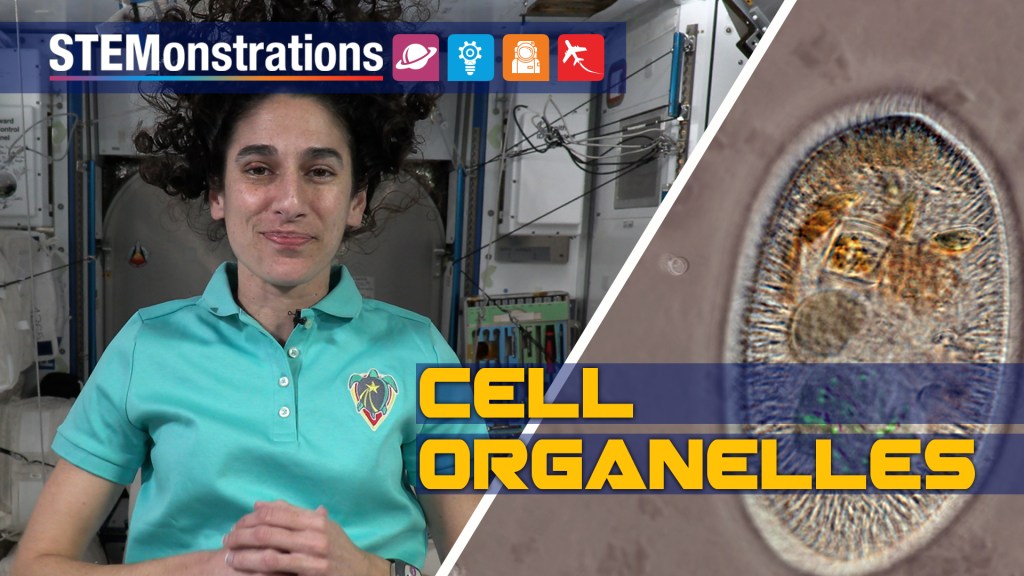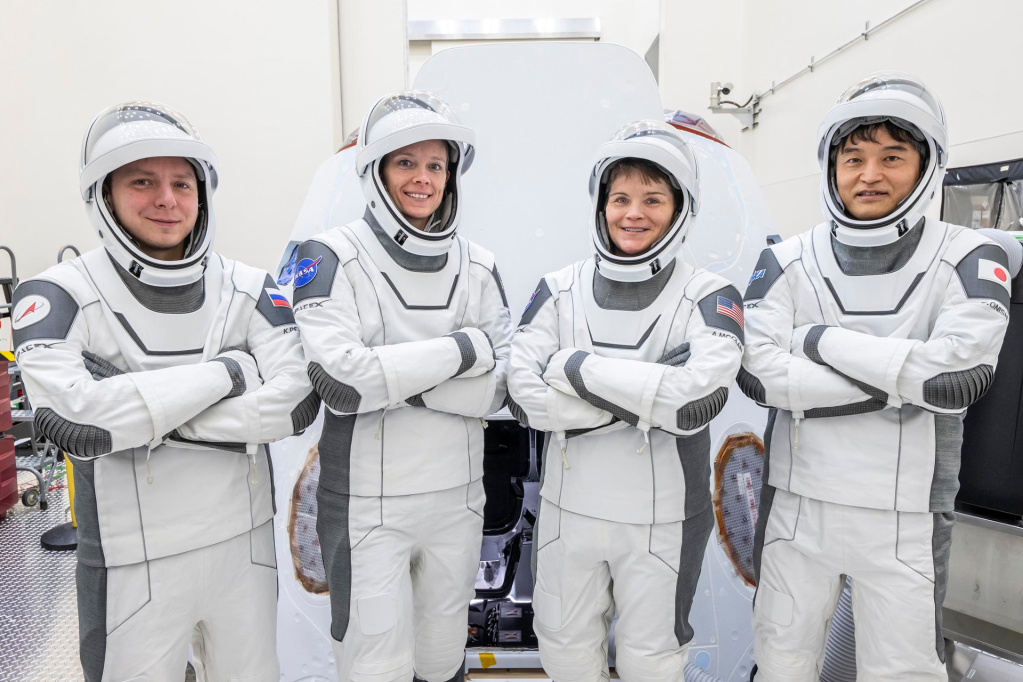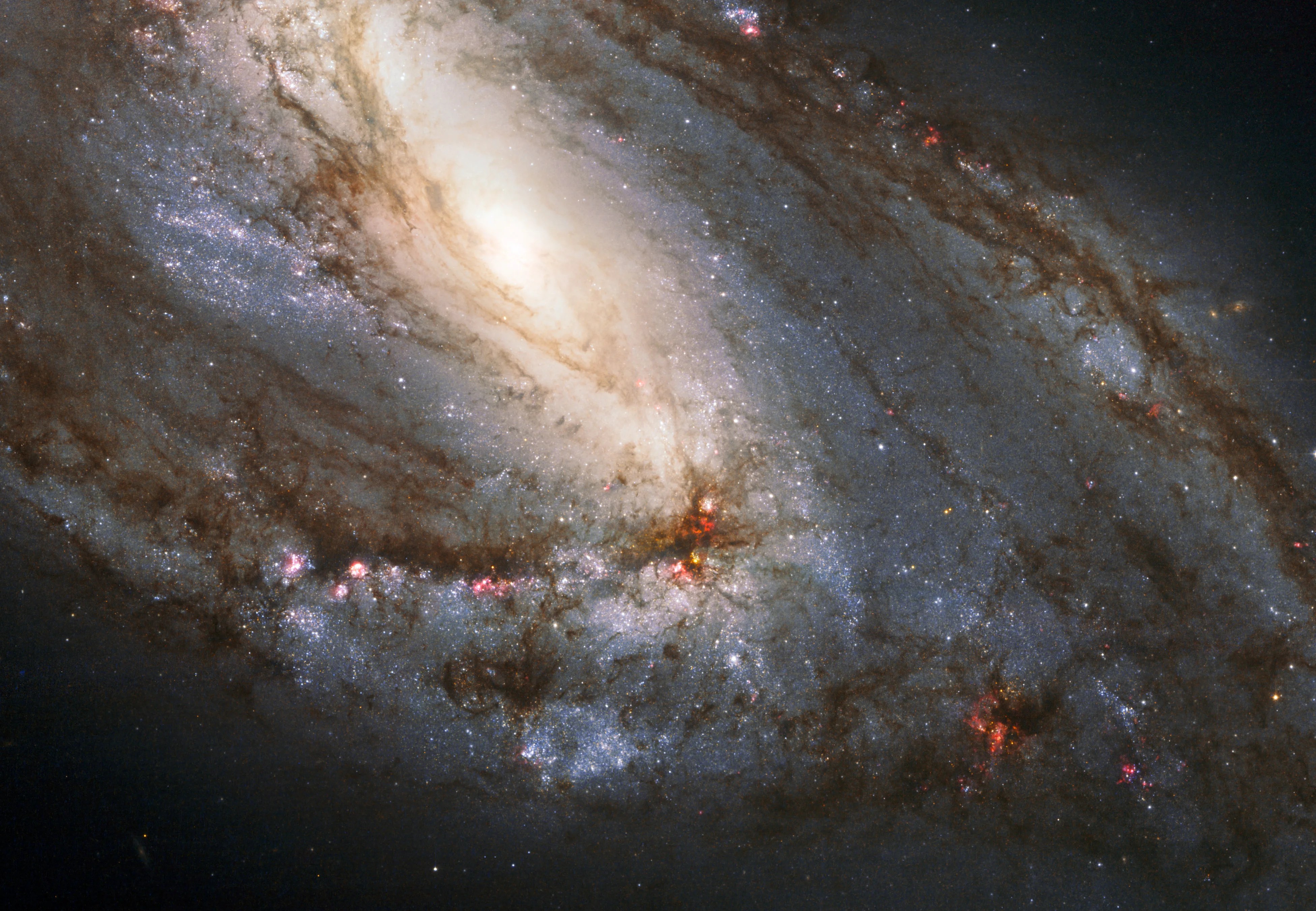
Audience
Educators, Students
Grade Levels
Grades 5-8, Grades 9-12
Subject
Life Science, Space Biology
Type
Lesson Plans / Activities, Videos
The International Space Station is a unique, orbiting laboratory with many parts. In the latest STEMonstration, astronaut Jasmin Moghbeli takes students on a tour of the space station and compares its parts to the major organelles of a cell. Follow along to explore the parallels between cellular functions and the operations of the space station. Learn how research on cells in microgravity help us better understand the human body and solve biomedical problems that occur on Earth and in space. In the corresponding Classroom connection, students learn more about the space station and explore the functions of prokaryotic and eukaryotic cell organelles.
STEMonstrations are short, 3–5-minute educational videos filmed by crew aboard the International Space Station. They use the unique microgravity environment on station to demonstrate popular K-12 STEM topics.
Classroom Connection: Prokaryotic and Eukaryotic Cells
Grade Levels: 6 – 12
Next Generation Science Standards:
MS-LS1-1: Conduct an investigation to provide evidence that living things are made of cells; either one cell or many different numbers and types of cells.
MS-LS1-2: Develop and use a model to describe the function of a cell as a whole and ways the parts of cells contribute to the function.
HS-LS1-1: Construct an explanation based on evidence for how the structure of DNA determines the structure of proteins, which carry out the essential functions of life through systems of specialized cells.
HS-LS1-2: Develop and use a model to illustrate the hierarchical organization of interacting systems that provide specific functions within multicellular.

























